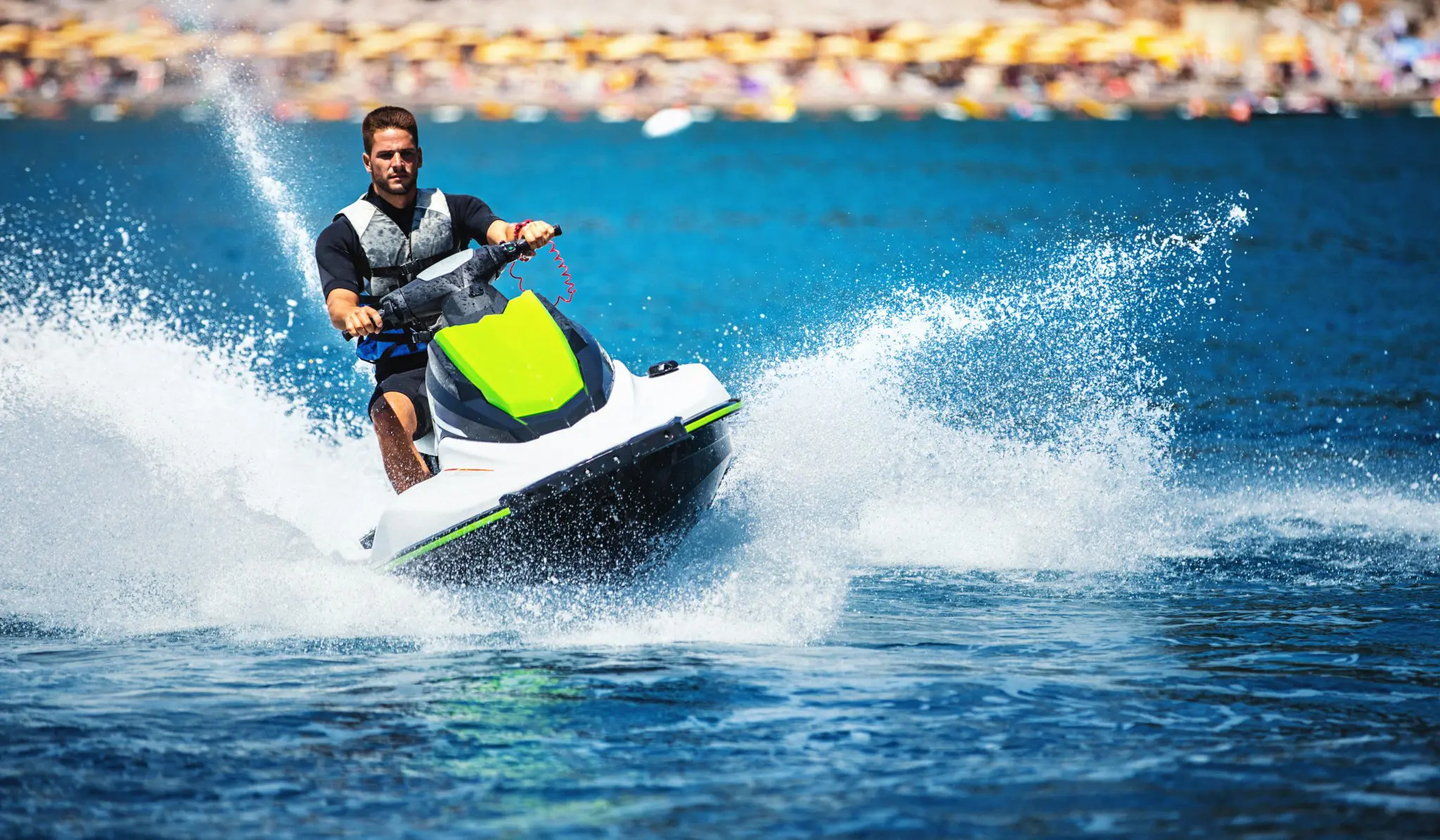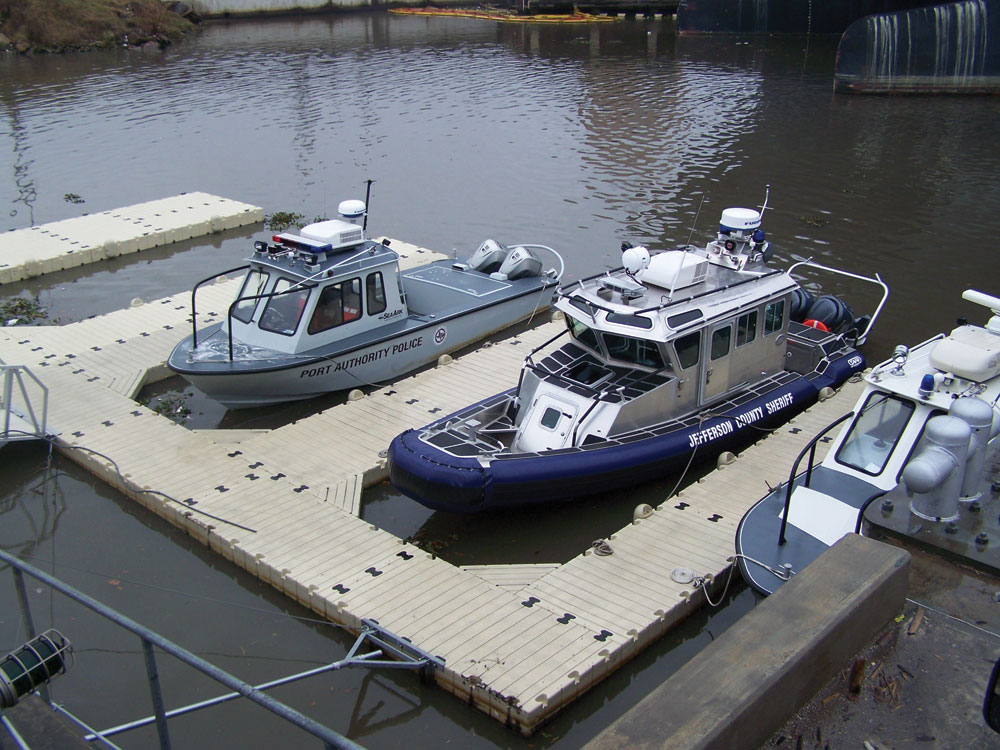Filters
The Best Ways to Check the Buoyancy of Your PFD
Your personal flotation device (PFD) is one of the most important pieces of equipment to have when you are on the water. However, something you might not know is that you should check your PFD’s buoyancy regularly. Below, we’ll outline how to do so effectively.
Read the full article or jump to a specific section:
What Is a PFD?
A personal flotation device (or life jacket) is a wearable device that gives a person buoyancy to help them stay afloat should they fall into the water. A wide range of PFDs exist, and each one is meant for a certain situation. For example, if you are in the ocean far from the shore, you should wear a type 1 life jacket that provides 150 newtons of buoyancy. While it may not be the most comfortable PFD, it can save your life. The life jacket’s foam can keep an unconscious person afloat with their airways clear in rough or remote waters.
Not all PFDs are inflatable life vests. Some are packs you wear around your waist and inflate manually. This buoyancy level is typically not enough to keep an unconscious person afloat, but it will help an average swimmer stay above water longer in case of an emergency. No matter the situation, always wear some kind of PFD.
How to Check the Buoyancy of Your PFD
You should check your PFD’s buoyancy every year to ensure it can still operate as intended. Don’t wait until an emergency to find out if your PFD is in good condition! Here are two ways to perform a check:
The Easy Way
The easiest and fastest way to test your PFD is to put it on, make sure it is fitted properly, and walk into shallow water. Lift your legs to float on your back and see if the PFD keeps you afloat. You’ll also want to lean back and make sure your PFD allows you to breathe easily. If you’re using a life jacket and it rides up past your mouth or ears, it’s not tight enough or is too big. It should stay snug and allow you to float comfortably.
The Accurate Way
This method allows you to get a measurement in newtons. You will need a rope, a weight of at least 10 kg, a luggage scale and your PFD.
- Attach the weight to the rope and fully submerge it in the water.
- Then, weigh it with the luggage scale and note the number.
- Bring it out, attach your PFD to the weight and submerge it again.
- Wait for any air bubbles to escape and then weigh it again and note the number.
- Calculate the difference by subtracting the second number from the first one.
- Convert this number to kilograms if it is not already.
- Then, multiply it by 9.8 to get the newtons of buoyancy.
The standard buoyancy for adult PFDs is at least 50 newtons, but it can go all the way up to 275 newtons for PFDs used in commercial or extreme settings.
Understand the Importance of PFDs
PFDs save lives, but they only work if you wear them. A strong swimmer may not see the importance of wearing a PFD, but in many situations, it’s better to wear it anyway. If you fall overboard and your PFD is still in your seat, it won’t help you. If your kayak capsizes and your PFD floats away, it can’t assist you here either.
Find a PFD that works for you and the application you need it for, whether it’s a 150-newton life jacket or a compact, manually inflatable PFD.
For more essential tips for staying safe on the water, visit our blog.










